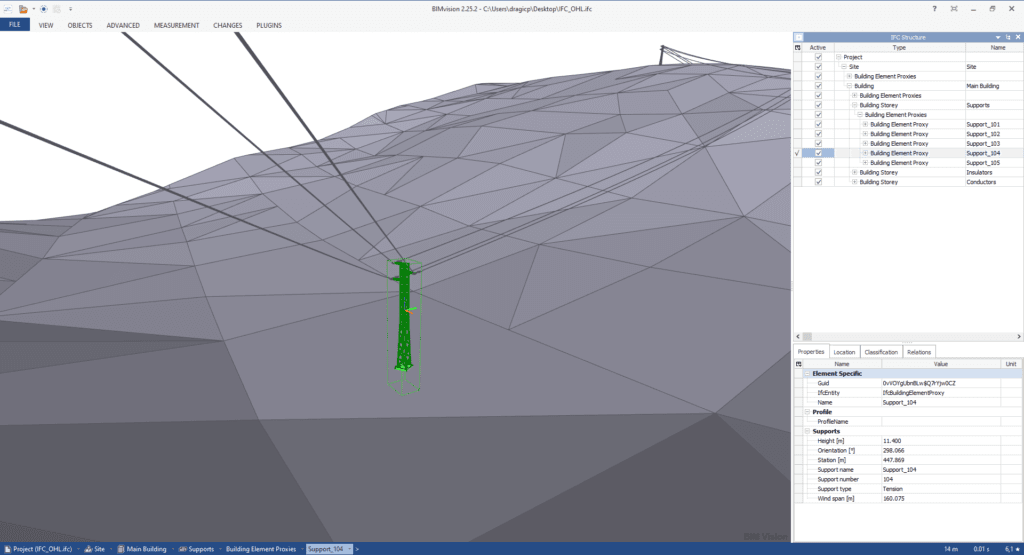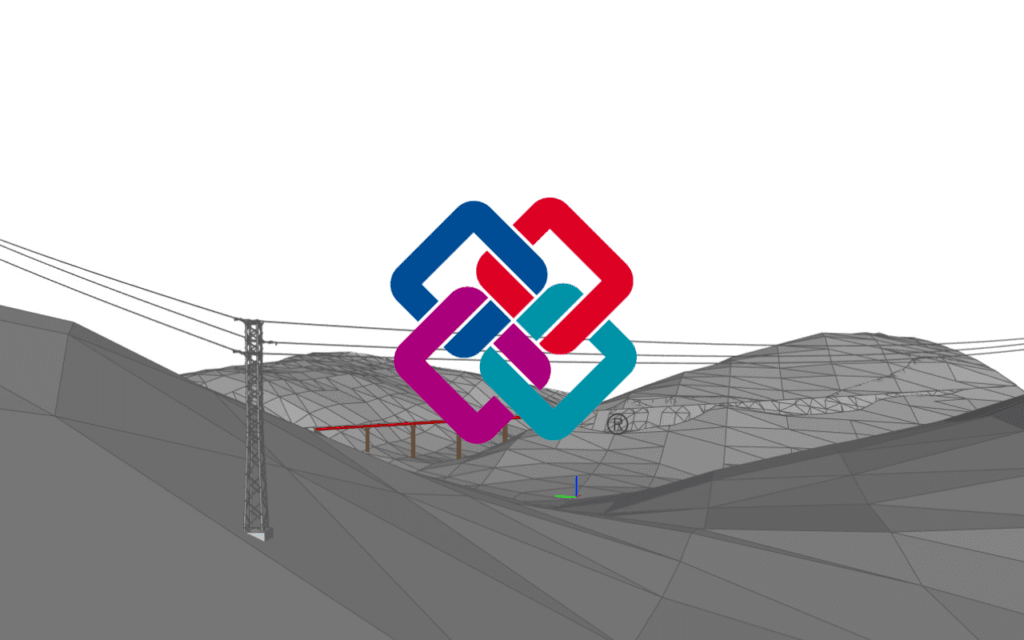IFC is the acronym for Industry Foundation Classes, in the context of BIM methodology (to be clear acronym for BIM is Building Information Modeling). But, is the IFC file format, or standard, or just a universal format for exchanging and sharing information, like .pdf is for textual and technical documents and drawings that can not be changed, or something other? The answer to this question is yes, it is, but also no, it is not. Like in a lot of cases, the truth is somewhere in the middle.
We are software creators and if we explain what is IFC from the development side, the answer is simple – it is a data model and schema. But let’s speak in a language that is understandable for users of software solutions because they are creating, exchanging and modifying IFC files. They don’t need to go deep into the structure of that files.
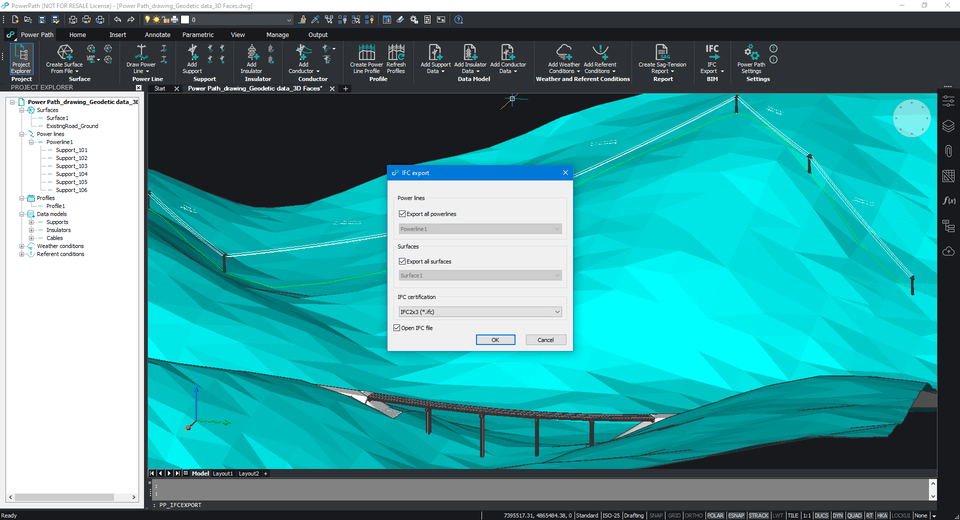
IFC is a digital record of geometry with a property set (metadata). Or it is a digital representation of a built asset readable for computer solutions, services and machines which support BIM. IFC is an international standard governed by buildingSMART International organization. And we sincerely believe it is a record that introduces democratization in processes and workflows for connecting different stakeholders and industries (for more details read the post Why Power Path solution? to find how BIM is changing traditional workflows).
The greatest advantage of IFC is the support of interoperability – it provides a common data language in digital construction (asset) for sharing information. And it solves a lot of problems in control over the information we produce and manage.
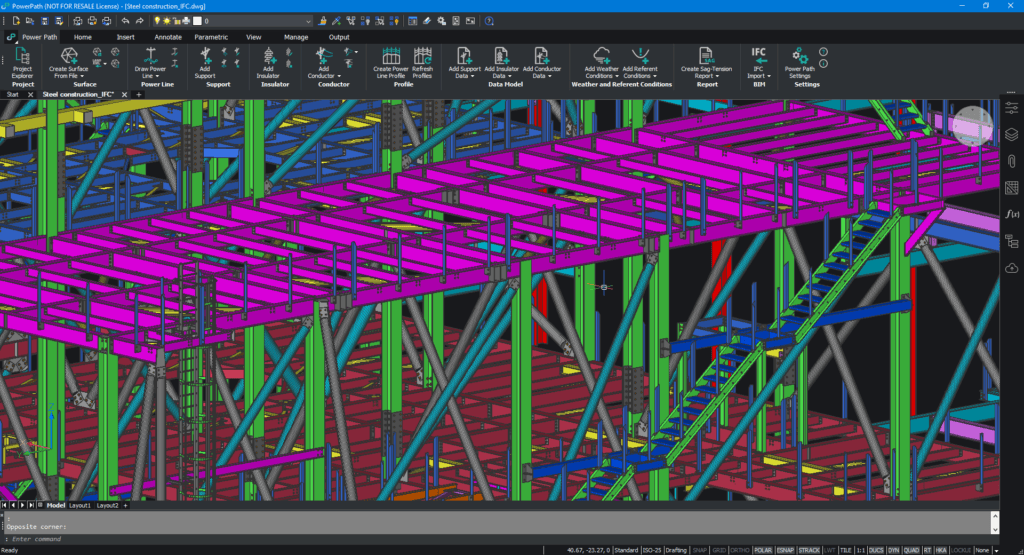
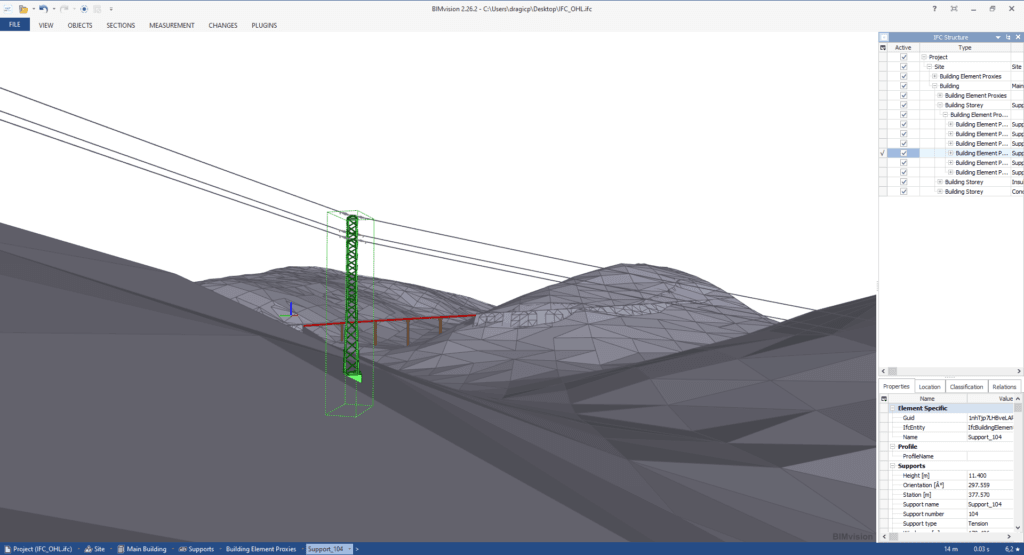
Currently, when we are writing this post, there are two official versions of IFC (IFC 2X3 and IFC 4; Power Path solution supports both) but in the future, it’s expected IFC 4.3 that comes with upgrades especially important for defining and recording infrastructure entities.
When we look at the overhead line and utility projects, and whether users use IFC records, we can compare that with using electrical vehicles around the world. If we look at the current situation, somewhere in the world, individuals, companies, and governments use electrical vehicles because they saw the benefits of using them without any legal obligation. On the other side, somewhere in the world countries or cities adopt a legal obligation for using electric vehicles in some areas, for example in city centers or protected natural areas, and users are forced to use those vehicles.
Using IFC records is the same, somewhere individuals, companies, and governments started to use it without any legal obligation, but some are obligated. Our advice for everyone (for those people who already use IFC and for people who didn’t use it yet) is to test how digital record of overhead line projects looks. For those who are familiar with this record, we believe it will be interesting how easy they can create a BIM model. For those who hear for the first time for IFC will be interesting to see how digital records look and to recognize benefits of that record.
